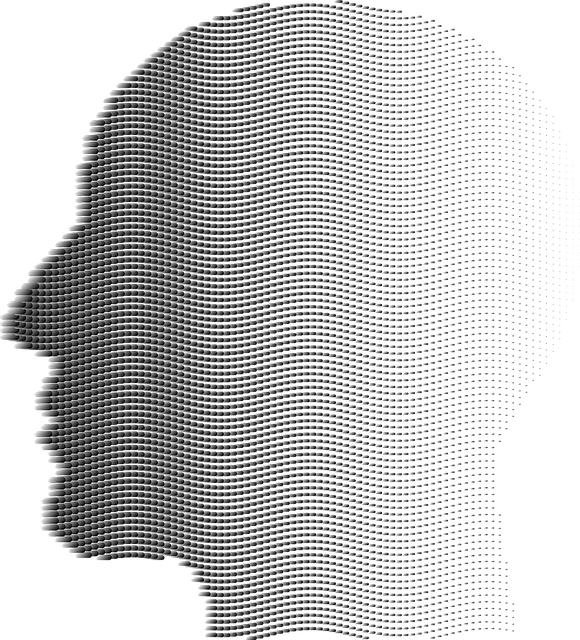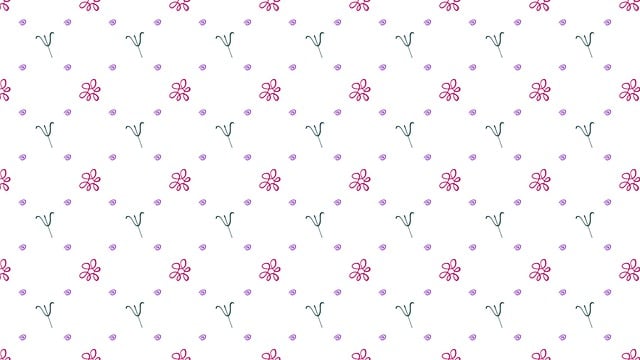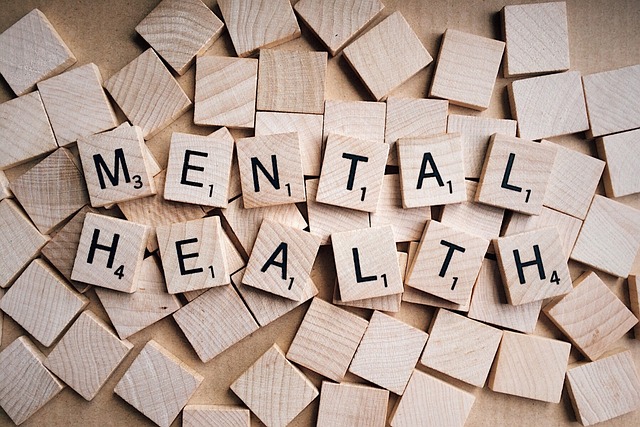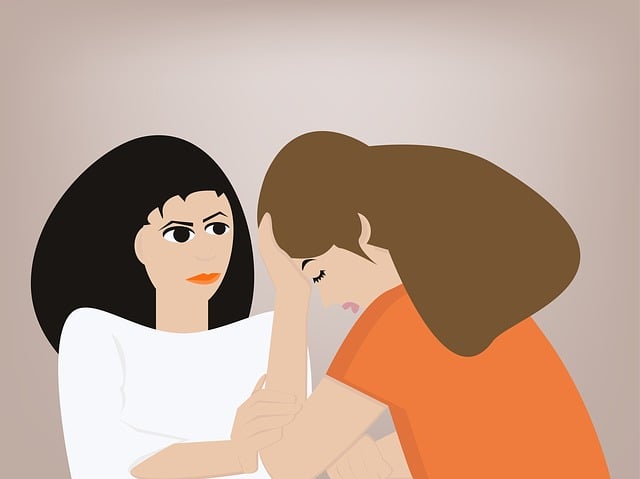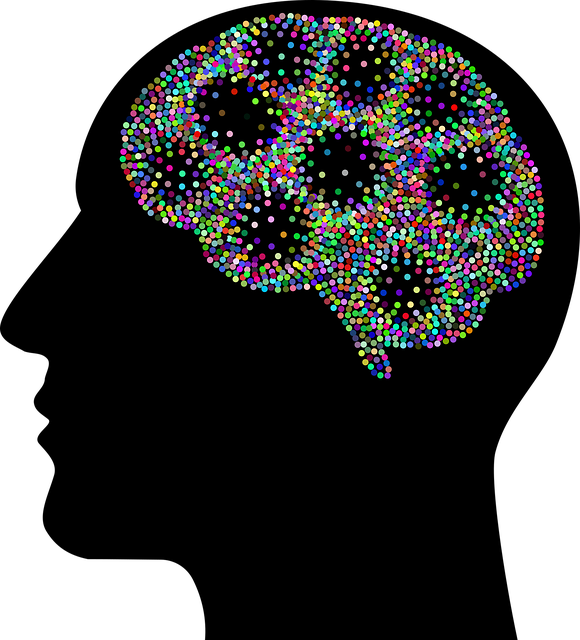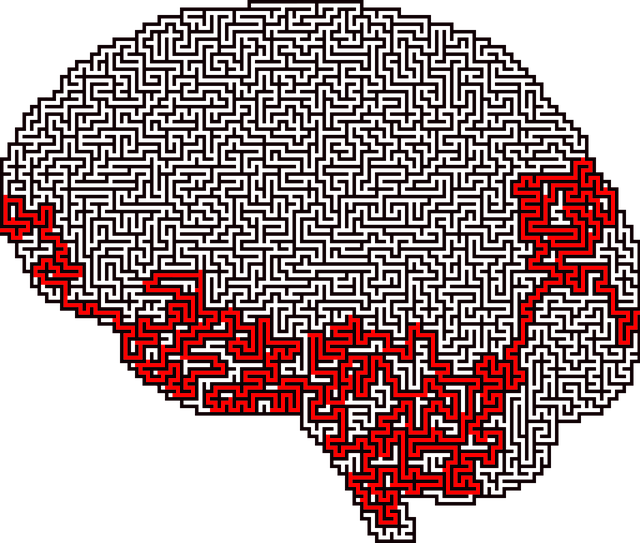Media portrayal of mental illness significantly influences public perception, especially among youth. Positive depictions through diverse therapeutic approaches like play or art therapy for children and CBT tailored to geriatric concerns can reduce stigma and encourage support-seeking behaviors. By engaging specialists and incorporating cultural sensitivity, media can create inclusive communities promoting mental well-being across ages. Recent trends show a growing awareness in media to accurately portray mental health issues, leading to innovative content that resonates with diverse audiences while challenging stereotypes.
In today’s media-saturated world, the representation of mental illness plays a pivotal role in shaping societal perceptions and fostering awareness. This article delves into the profound impact of media portrayal on mental health, highlighting its ability to either perpetuate stigma or promote understanding. We explore targeted solutions, focusing on therapy and support for vulnerable populations: young children and geriatrics. Additionally, innovative approaches are presented to enhance accurate mental illness representation in media, aiming to revolutionize how these issues are depicted.
- Understanding the Impact of Media Portrayal on Mental Health Awareness
- Targeted Solutions: Therapy and Support for Young Children and Geriatrics
- Innovative Approaches to Enhance Accurate Mental Illness Representation in Media
Understanding the Impact of Media Portrayal on Mental Health Awareness

The media’s portrayal of mental illness significantly influences public perception and understanding of various psychological conditions, especially among younger audiences. Children and adolescents are particularly vulnerable to the impact of media narratives, as they often mirror the behaviors and attitudes depicted. Positive representation can foster empathy, reduce stigma, and encourage help-seeking behaviors, while negative or stereotypical portrayals may perpetuate fear, misunderstanding, and further isolation for those struggling with mental health issues.
For instance, showing young characters effectively managing their conditions through therapy and communication strategies can inspire hope and provide a realistic model for peers. Similarly, representing the mental health journey of geriatric populations can help normalize conversations about age-related cognitive changes and encourage timely interventions. By challenging negative stereotypes and showcasing diverse therapeutic approaches, including emotional healing processes, media has the power to shape more inclusive and supportive communities for all ages, ultimately contributing to improved mental well-being.
Targeted Solutions: Therapy and Support for Young Children and Geriatrics

Addressing mental illness representation in media requires tailored solutions that cater to diverse demographics. For young children and geriatrics, specialized therapy plays a pivotal role in addressing unique challenges. Young minds often struggle with understanding and expressing their emotions, making traditional therapy techniques adaptable to their age-specific needs. This can involve play therapy, art therapy, or creative approaches that engage their developing personalities.
Similarly, geriatric mental health requires sensitivity to the aging process and associated life changes. Tailored therapy for this population might include cognitive behavioral therapy (CBT) adapted to address age-related concerns like loneliness, loss, or health anxiety. Incorporating cultural sensitivity in mental healthcare practice is essential, ensuring that these therapeutic interventions resonate with the specific backgrounds and beliefs of young children and elderly individuals. Additionally, organizing stress management workshops and designing comprehensive mental health education programs can empower both groups to develop coping strategies tailored to their unique circumstances.
Innovative Approaches to Enhance Accurate Mental Illness Representation in Media

In recent years, there has been a growing recognition of the need for more accurate and nuanced representation of mental illness in media. Innovative approaches are emerging to address this challenge, focusing on both content creation and production methods. For instance, involving individuals with lived experiences—such as therapists specializing in young children or geriatrics—in the scriptwriting process can bring authenticity and depth to portrayals of mental health struggles. This practice ensures that stories resonate with diverse audiences while avoiding stereotypes commonly seen in traditional media.
Additionally, integrating cultural sensitivity in mental healthcare practice has become a priority for many productions. By consulting with experts and communities, media creators can produce Mental Wellness Podcast Series that reflect the nuances of different cultures, further enhancing accessibility and impact. These strategies collectively contribute to a more comprehensive understanding of mental wellness, fostering empathy and reducing stigma among viewers from all backgrounds.
Mental illness representation in media plays a pivotal role in shaping public understanding of mental health. By implementing targeted solutions like therapy and support for both young children and geriatrics, along with innovative approaches to enhance accurate portrayal, we can challenge stereotypes and foster greater empathy. These efforts are crucial in promoting mental health awareness and ensuring that everyone receives the care they deserve.


